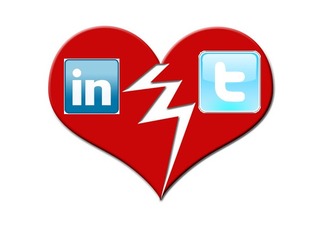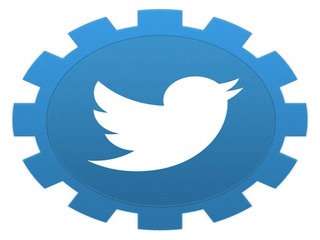DUOS expands AI capabilities to help seniors apply for assistance programs
It will complete and submit forms, and integrate with state benefit systems
Read more...
When Twitter announced its new API guidelines on Thursday, Twitter VP of Product Michael Sippey wrote in a blog post that the reason that the changes were being made was “to ensure that Twitter users have a consistent experience wherever they see and interact with Tweets.”
Ok, fine. Twitter says it wants to give its users the best experience possible. But do the changes that Twitter made actually benefit users, or do they only really benefit Twitter?
Twitter’s new guidelines
The new guide explained the lower rate limits, authentication, and certification requirements it was putting in place for those using its service and said it will require that large application get direct approval from the company before activating.
Going forward, applications that have more than at least 100,000 users will have to work directly with Twitter on their product, policies and service agreement. Those that already have more than 100,000 user can only grow to 200% of their current size before they will contact Twitter.
Why limit third-party apps?
This is not the first time Twitter has taken action against other parties that its felt were infringing on its territory by using it as a platform to promote itself.
Recently, Twitter dropped LinkedIn from its application extension family because Twitter felt that LinkedIn was using its information and service as a main source of its traffic numbers and growth.
Instead, Twitter said it was focusing on its own tools that are supposed make it easier for developers to build Twitter’s features into their sites, rather than the other way around.
These tools include Twheel, which organizes Tweets into a wheel shape, and Twitter Cards, which allow users to attach "cards" to their tweets that will display content such as headlines, photos, and articles from around the web.
Twitter professes to want to limit outside developers so that users will not be subjected to poorly designed and useless apps. While this may be partially true, it seems clear that at least part of the reason Twitter is also making these changes in order to streamline its website, and stop third party developers from growing off of Twitter’s userbase.
While that makes sense from a business standpoint, as Twitter wants to develop its own apps in order to make money from them, it misses one thing: what about its users who rely on those apps?
Will these changes affect users?
Perhaps not most users, but Twitter may be in danger of turn some of its most hardcore users off.
As Michael Gartenberg analyst at Gartner pointed out in a Tweet, most users probably don’t even use these apps anyway. They generally just use Twitter.com and the official app and so these changes will not have an affect on how they use the site.
But what these apps do is provide an enhanced experience for its most passionate users. And those are the ones that it would that Twitter would least serve to alienate. They are the ones who make Twitter what it is.
A report by Yahoo research last year found that 20,000 “elite users” accounted for 50% of all Tweets.
While that does not mean that those 20,000 are writing 50% of the Tweets (how boring would that be?) but that they have so many followers that “their tweets constitute a much larger percentage of what other users receive.” So while Twitter may have upward of 50 million users, it is a small percentage that is driving most of its content.
As Mathew Ingram at Gigaom points out, the reason that most of these users even use third-party apps at all is that they provide services that Twitter does not.
Tweetbot, for example, is faster than Twitter’s mobile app. Even the website could use some enhancing.
The question now has to be: Will Twitter step up to the plate and provide users with what they are now going to take away from them? Or will Twitter suffer the same fate as a website such as Digg, who also discounted what it was that its users wanted, for which it paid the ultimate price?
(Image source: dogs.icanhascheezburger.com)
It will complete and submit forms, and integrate with state benefit systems
Read more...The bill would require a report on how these industries use AI to valuate homes and underwrite loans
Read more...The artists wrote an open letter accusing OpenAI of misleading and using them
Read more...


